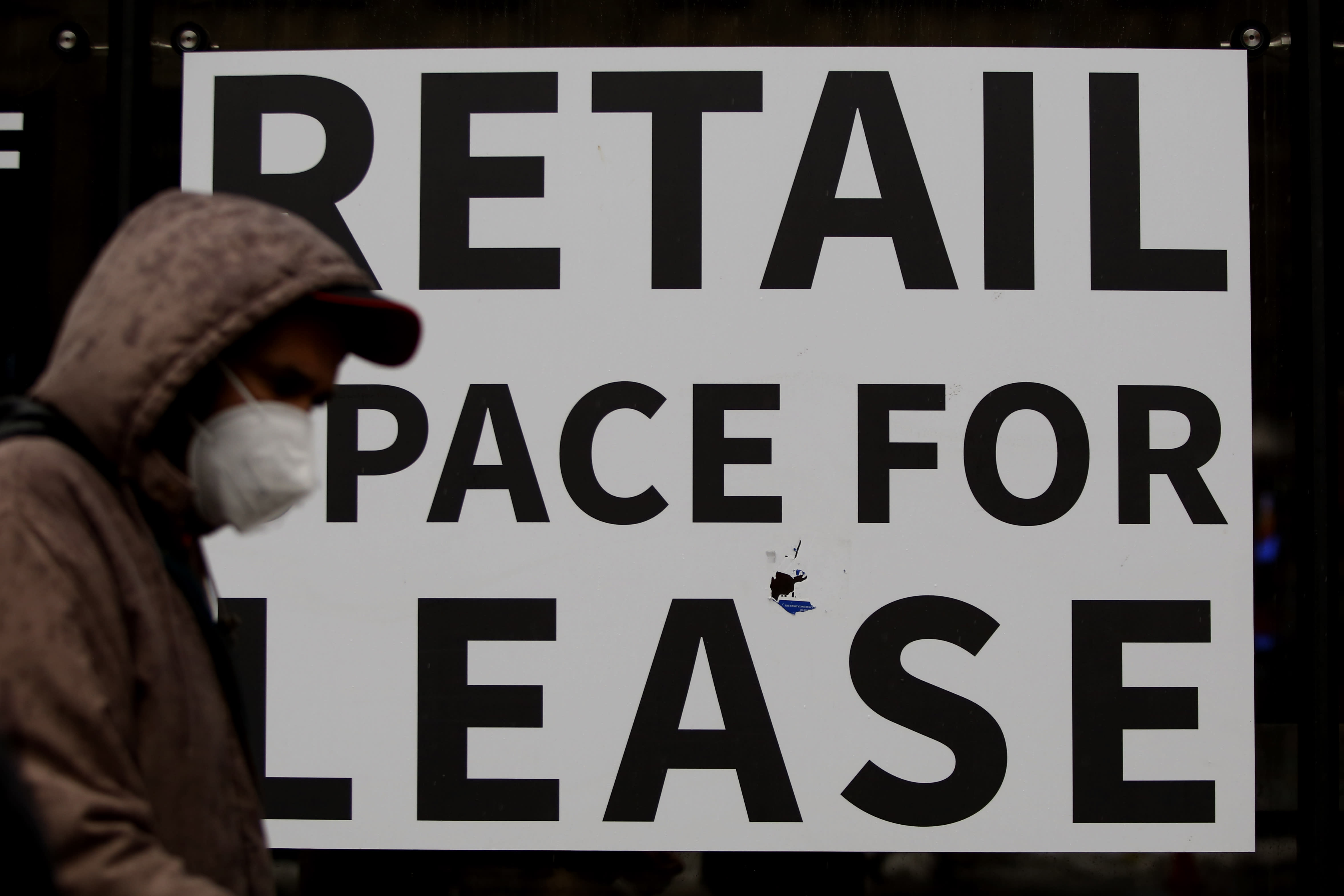
According to a report from Facebook and the Small Business Roundtable, small business closures in the US and the world are crawling back to their pandemic peaks.
“It remains a very painful time for small businesses,” John Stanford, co-executive director of the Small Business Roundtable, told CNBC’s “Worldwide Exchange” Thursday.
The report, which surveyed more than 35,000 small and medium businesses around the world, found that 22% of small businesses in the US closed in February. Those figures were higher than the 14% in October. At its peak in May, the pandemic closed 23% of small and medium-sized businesses – just 1 percentage point higher than the current closing rate.
As the overall closures approach the Covid highs, the report found that different parts of the country experienced varying degrees of difficulty. Some states, such as Maine, Idaho and Colorado, saw 9% -10% closings, while others like New York, Pennsylvania, and Massachusetts saw at least 30% closed.
Within states, the report also found that certain demographics were hit harder than others: 27% of minority-run SMEs reported closures, compared with 18% of others. 25% of women-run businesses were closed, while 20% of men-run businesses were closed.
Small and medium-sized businesses continue to see the impact of the pandemic, despite a relative recovery for larger companies. “Small businesses are really our first line of defense for business,” said Stanford. “They feel the impact first, and that impact lasts the longest.”
“So while larger companies with a larger capital reserve may do well, small businesses can’t just risk staying open, and I think we see that coming out with these high numbers,” he added.
During a year of Covid closings, Congress rolled out programs such as the Payroll Protection Program, designed to help small businesses keep their employees on the payroll. Stanford said that while the data shows that the PPP was “instrumental” for small businesses, these types of programs were not designed to be sustainable for a year.
“We must not forget that PPP was a bridging program,” said Stanford. “It was meant to keep people on the payroll, it wasn’t necessary to keep businesses open.”
According to the report, 27% of small and medium businesses said they should cut their workforce – and 48% of those companies said they should lay off at least half of their workforce. When it comes to getting those workers back, 51% of companies surveyed said they had no intention of hiring former employees again within the next six months.
“PPP and others have really helped us end the year-long economy, but I think we have a tough road ahead,” said Stanford.
However, 18% of SMEs said they had already hired some of their employees in the past three months. The report noted that those companies make up 60% -70% of the workforce around the world, so the prospect of new hires would be crucial to the recovery of many economies.
Stanford said he is generally optimistic about small businesses’ ability to come back.
“Entrepreneurs are survivors. … We’re reopening the economy, we’re reopening states, when things get back to normal, we’ll be back soon,” he said. “When life here gets going again in a few months, you’ll see the number of small businesses turn around.”